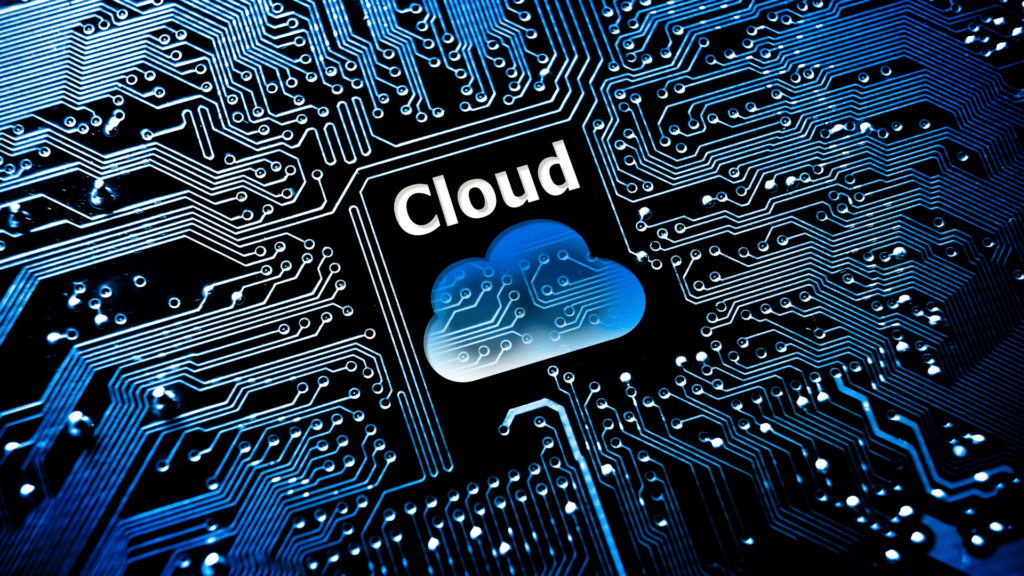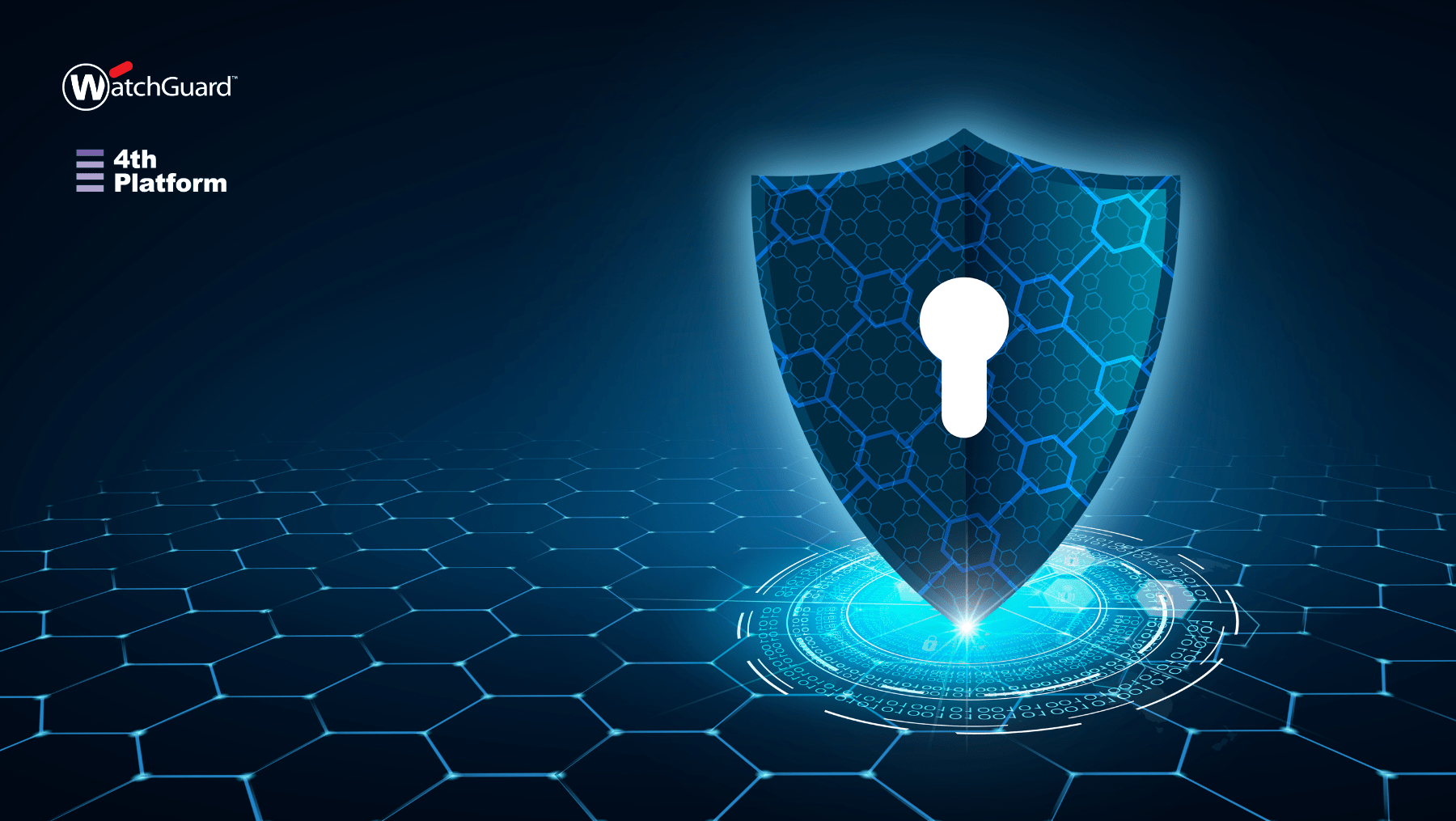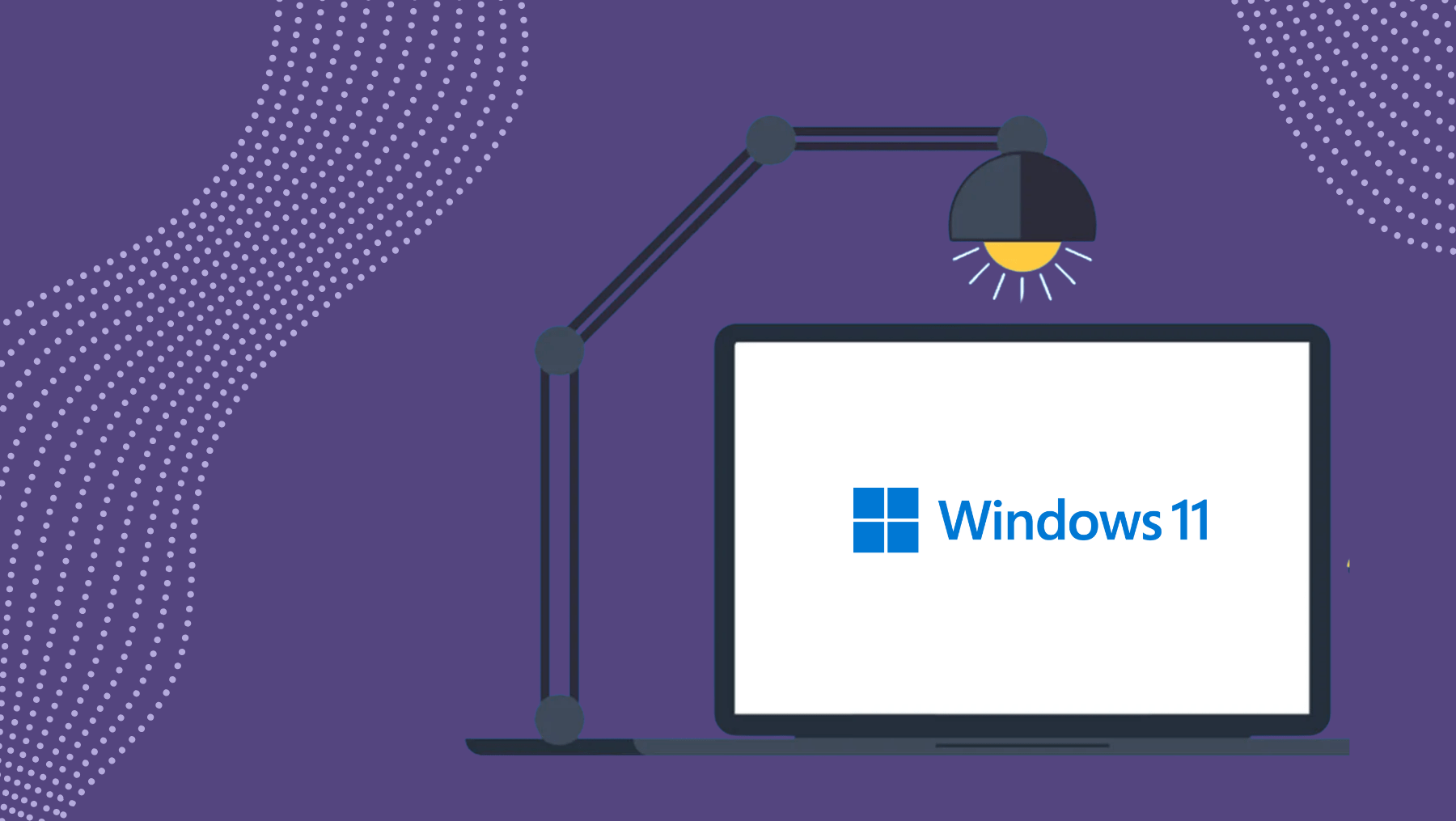In today’s cloud-centric landscape, the security of infrastructure administration is paramount. With the evolution of cloud platforms, traditional approaches to secure remote access must adapt to meet new challenges and leverage modern solutions. In this blog post, we’ll delve into the recommendations provided by the NCSC (National Cyber Security Centre) regarding the protection of legacy management protocols like RDP and SSH, and explore additional best practices to bolster cloud security.
Protecting Your Management Interfaces with Cloud Security
In the transition from on-premises to cloud environments, the exposure of management interfaces like RDP and SSH to the public internet increases the attack surface. Attackers target these interfaces to exploit vulnerabilities and gain unauthorised access, posing significant risks to cloud infrastructure. To mitigate this threat, the NCSC advocates for the protection of management interfaces from untrusted networks.
Traditionally, on-premises environments utilise administration proxies, but in the cloud, modern alternatives are available. Cloud providers offer administration proxy services that integrate with native platform features, enhancing security and simplifying administration tasks. Examples include AWS Systems Manager Session Manager, Google Cloud Identity-Aware Proxy, and Azure Bastion. These services offer managed solutions secured and maintained by the cloud provider, reducing the burden on organisations.
Reducing Your Management Burden
Embracing managed services throughout your cloud environment can significantly reduce management overheads and enhance security. By leveraging serverless computing platforms and managed databases, organisations offload tasks such as infrastructure patching to trusted cloud providers. This shift minimises the need for administrators to manage remote access and updates, thereby mitigating known vulnerabilities effectively.
Object storage services in the cloud often follow a fully managed model, further simplifying management responsibilities for organisations. By adopting this approach, organisations can focus on core business objectives while ensuring a high level of security for their data and infrastructure.
Limiting Access to Sensitive Workspaces with Cloud Security
Minimising human interaction with sensitive workspaces is crucial for enhancing security and reducing the risk of unauthorised access. Organisations should transition from manual processes to automated solutions, leveraging infrastructure as code (IaC) and secure CI/CD mechanisms. This approach streamlines deployment processes and facilitates easier monitoring of workspace activities, enabling prompt detection of unauthorised actions.
While automation is desirable, maintaining emergency access for each workspace is essential. However, this access should be treated as high-risk and configured with robust alerting mechanisms to monitor usage effectively.
Conclusion
By adopting the recommended approaches outlined in this blog post, organisations can fortify their cloud infrastructure against common attack vectors and better prepare for potential incidents. Restricting access to sensitive workspaces, leveraging managed services, and securing management interfaces contribute to a more robust security posture in the cloud. Embracing modern solutions and best practices is essential for safeguarding valuable assets and ensuring resilience in today’s dynamic threat landscapes.
The unseen side of the internet Most business leaders are familiar with the internet they use every day: websites, emails, social platforms, and cloud
The IT Gap: When “Good Enough” Isn’t Enough Many small and medium-sized businesses rely on traditional IT support to keep things running. It’s a
4th Platform Partners with WatchGuard to Deliver FireCloud: Stronger Security, Less Effort Protect every worker, everywhere 4th Platform has partnered with WatchGuard to bring
The recent cloud outage at AWS, which caused downtime, data unavailability and shaken confidence, is a timely wake-up call for organisations of every size.
In 2025, sustainability is more than a buzzword, for UK organisations, it’s becoming integral to brand reputation, regulation, and cost control. And one of
In just 15 days, Microsoft will begin its formal switch to Windows 11 for eligible devices. Whether you’re managing a team of employees, running
The UK’s traditional phone network, the Public Switched Telephone Network (PSTN Switch-Off), is being retired. By January 2027, it will be permanently switched off.
Ransomware remains the UK’s most serious cyber threat. In July 2025, the Home Office set out proposals to ban ransom payments for public-sector bodies
The UK’s data protection rules are changing again Post-Brexit. With the Data (Use and Access) Act 2025 (DUAA) now law, businesses face new obligations
Why Now? Windows 10 is approaching End of Life Microsoft will retire Windows 10 on 14 October 2025, ending free security and feature updates. The


















